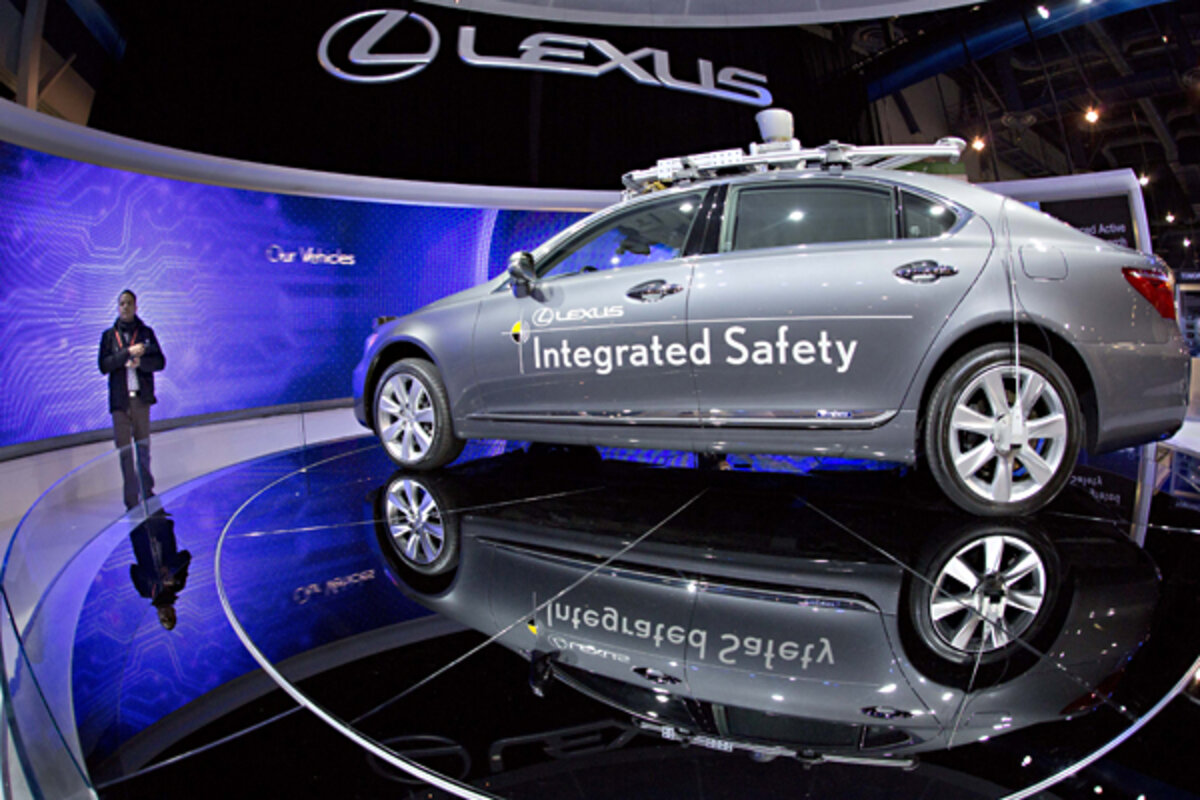Driverless cars? Not so fast.
Loading...
Speaking solely from a technology point of view, Google believes that will be a reality in three to five years. For the most part, the , so the stumbling block is really .
������ points out, the obstacles that autonomous must overcome are more complex and far-reaching than just de-bugging code, meaning that self-driving cars will remain the stuff of science fiction long after the technology behind them is mature.
The first step is ensuring that hardware and software is fail-proof, or at the very least has redundant backup systems and ample warning of pending problems. Anthony Levandowski, Google’s product manager for self-driving technology, sees this as the biggest remaining hurdle.
“We’re really focusing on building in the reliability so we can trust and understand the system will perform safely in all conditions,” said Levandowski, “How do you design it with proper processes in order to understand and minimize failure? How do you bake into a car redundant braking?”
Get past this hurdle, and the next one is bureaucratic. Before the National Highway Traffic Safety Administration green-lights autonomous cars, it will need to , performance standards and safety standards for the new generation of vehicles.
Complicating this is that the NHTSA isn’t exactly on the leading edge of automotive electronics research. The agency’s Dan Smith, associate administrator of vehicle safety, calls the issue a “massive challenge,” citing the need for comprehensive and objective testing to address every instance where failure could occur.
������suming this can be addressed, given the NHTSA’s limited budget, the next speed bump on the path to self-driving cars will come from the insurance industry. Until it can decide who has liability in an accident (, car, component or manufacturer), expect the insurance industry to fight the roll-out of autonomous vehicles.
Ultimately, self-driving cars could greatly reduce (or one day, eliminate) the 33,000 fatalities experienced on U.S. roads each year. While fully autonomous cars , technologies that will lay the groundwork (like and lane departure correction) are being rolled out today.
������ these become more familiar to drivers, expect to see a demand for the next steps towards self-driving cars. If the public leads the push, government, industry and insurance companies will likely be more motivated to move forward.




